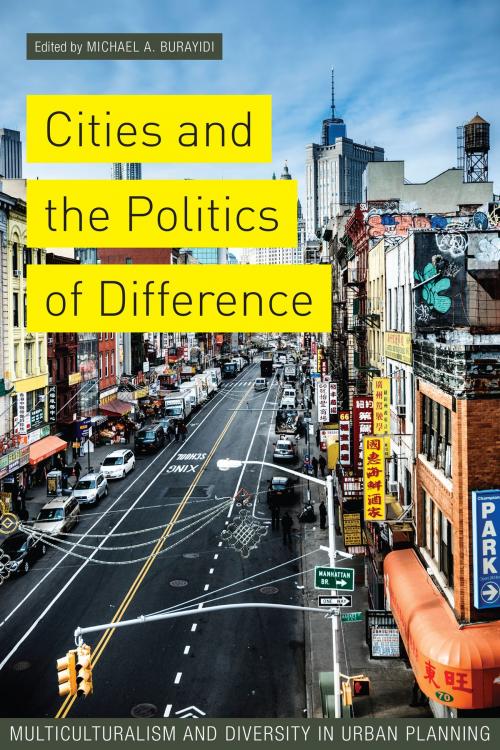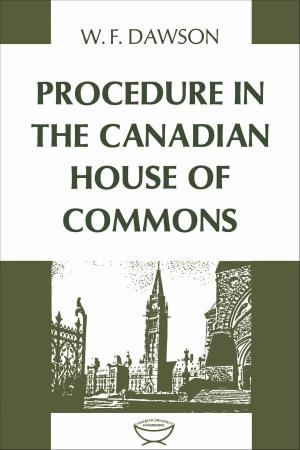Cities and the Politics of Difference
Multiculturalism and Diversity in Urban Planning
Nonfiction, Social & Cultural Studies, Political Science, Politics, City Planning & Urban Development, Science & Nature, Science, Earth Sciences, Geography, Social Science, Sociology, Urban| Author: | ISBN: | 9781442669963 | |
| Publisher: | University of Toronto Press, Scholarly Publishing Division | Publication: | November 26, 2015 |
| Imprint: | Language: | English |
| Author: | |
| ISBN: | 9781442669963 |
| Publisher: | University of Toronto Press, Scholarly Publishing Division |
| Publication: | November 26, 2015 |
| Imprint: | |
| Language: | English |
Demographic change and a growing sensitivity to the diversity of urban communities have increasingly led planners to recognize the necessity of planning for diversity. Edited by Michael A. Burayidi, Cities and the Politics of Difference offers a guide for making diversity a cornerstone of planning practice.
The essays in this collection cover the practical and theoretical issues that surround this transformation, discussing ways of planning for inclusive and multicultural cities, enhancing the cultural competence of planners, and expanding the boundaries of planning for multiculturalism to include dimensions of diversity other than ethnicity and religion – including sexual and gender minorities and Indigenous communities. The advice of the contributors on how planners should integrate considerations of diversity in all its forms and guises into practice and theory will be valuable to scholars and practitioners at all levels of government.
Demographic change and a growing sensitivity to the diversity of urban communities have increasingly led planners to recognize the necessity of planning for diversity. Edited by Michael A. Burayidi, Cities and the Politics of Difference offers a guide for making diversity a cornerstone of planning practice.
The essays in this collection cover the practical and theoretical issues that surround this transformation, discussing ways of planning for inclusive and multicultural cities, enhancing the cultural competence of planners, and expanding the boundaries of planning for multiculturalism to include dimensions of diversity other than ethnicity and religion – including sexual and gender minorities and Indigenous communities. The advice of the contributors on how planners should integrate considerations of diversity in all its forms and guises into practice and theory will be valuable to scholars and practitioners at all levels of government.















